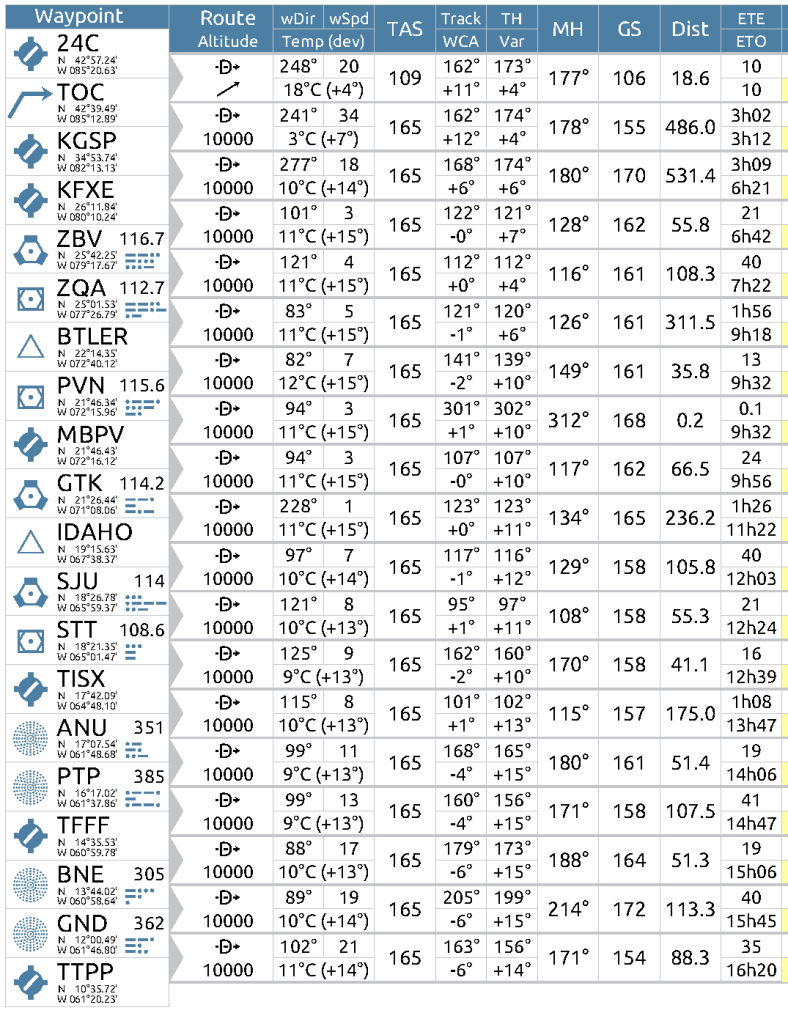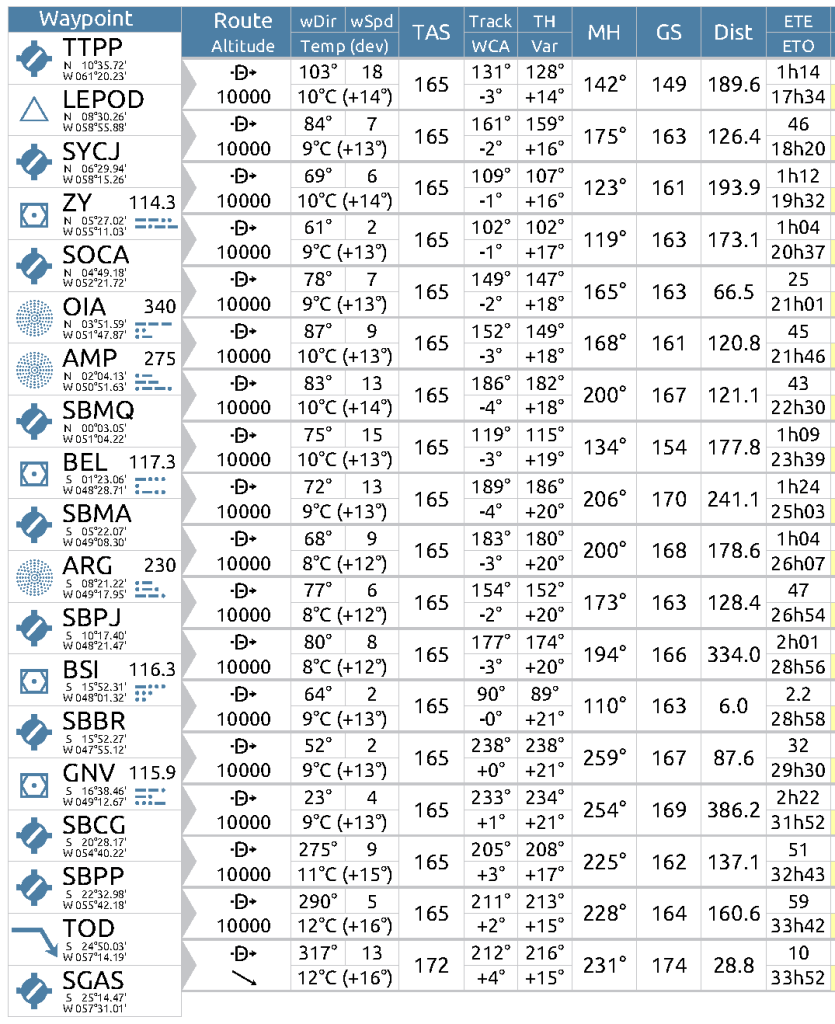Gliding is for gliders, right? Well, it’s not just for them. Something I notice in many checkrides I give and I know is the case for many pilots is that they don’t really know how to “glide” the aircraft they are flying. Why on earth would you want to know how to glide when we have a powered aircraft you might ask? The obvious answer is in the event of an engine failure.
When an engine quits in an aircraft, we are effectively a large, heavy glider. Even in a twin-engine aircraft, our approach path is significantly affected. In most training, pilots are introduced to this possibility and then given a checklist to go through of potential solutions while they are expected to “pick a suitable landing area” and prepare for potentially an off-airport landing. Somewhere before reaching 500′ AGL, a recovery is typically executed. There is something missing in this practice scenario; what would happen if you couldn’t do the “go-around?”.
What I notice in many pilots demonstrating this is that they are often not able to judge the glide distance to their intended landing point very well. In some cases they are setting up a glide that will put them short of the landing area, and in other cases setting up a glide that carries too much speed and would overfly the intended landing field. In a few cases they get lucky and it works out. When setting up a glide, I would typically prefer a pilot be long than short (it is always better to end up running off the end of a field rolling slowly than ending up short of the field going fast), but what I am seeing is that they aren’t just a little long, but are completely overshooting their intended landing area. Continue reading


